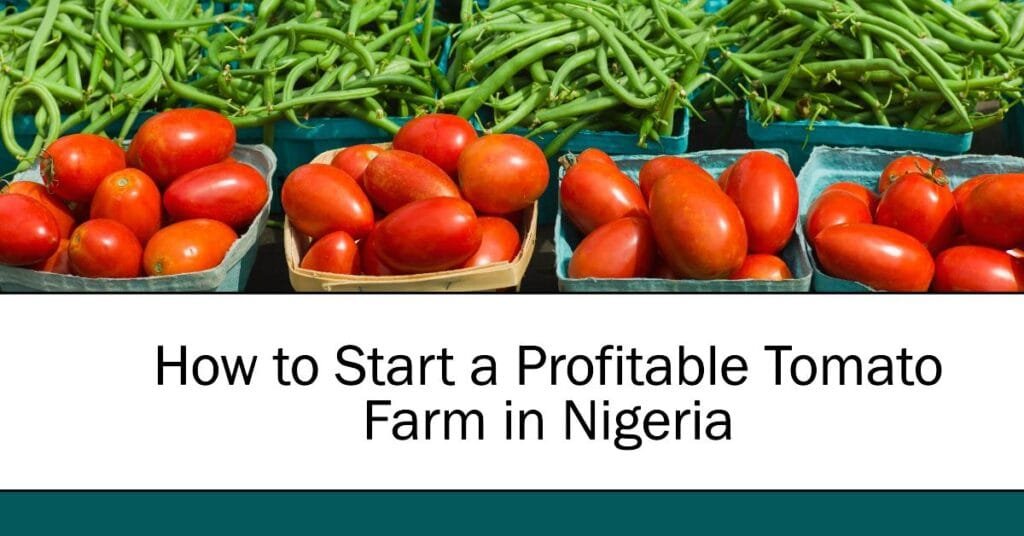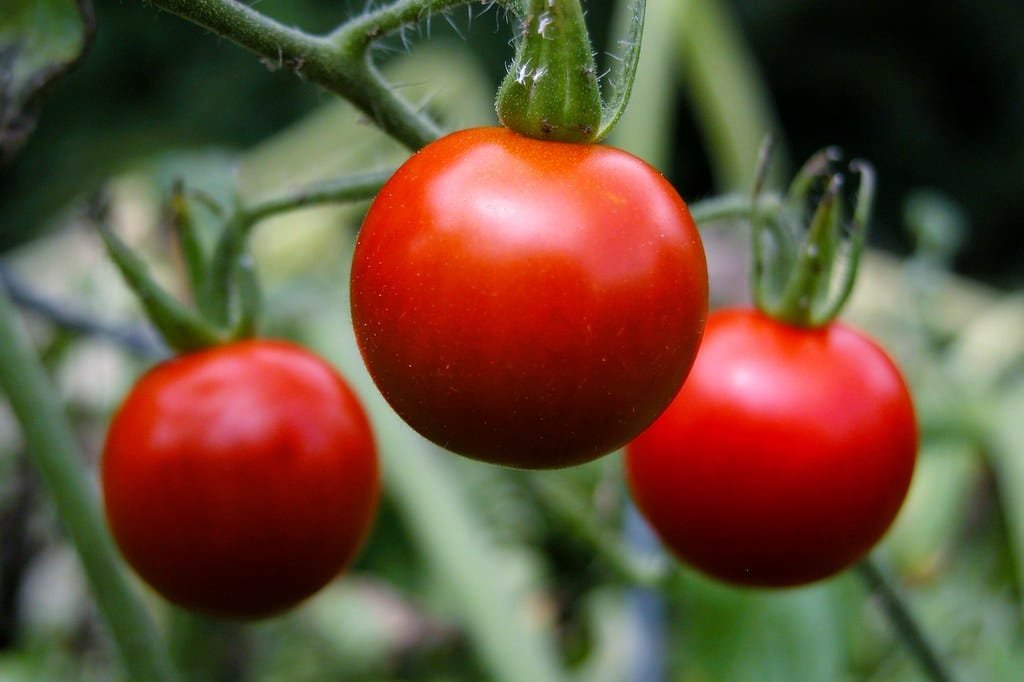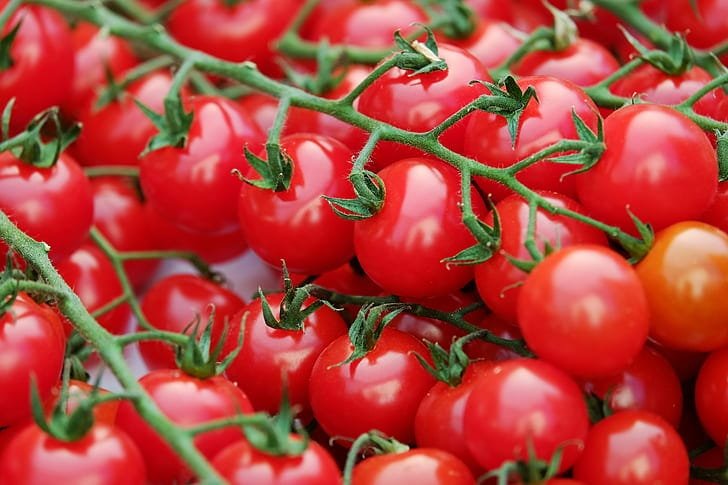Sustainable goat farming in Nigeria isn’t just about making a profit—it’s about building a long-term, eco-friendly business that benefits both the environment and your income. The right practices can improve productivity, reduce costs, and ensure a steady income for years to come. Let’s dive into the 10 best sustainable farming methods that Nigerian entrepreneurs can use to maximize their success.
1. Opt for Native Goat Breeds
The first step in sustainable farming is choosing the right breed. Native Nigerian goat breeds like the West African Dwarf (WAD), Red Sokoto, and Sahelian goats are naturally resistant to diseases and can thrive in local climates with minimal input. Unlike exotic breeds, they don’t require excessive feed or medical care, making them cost-effective and sustainable.
2. Use Free-Range and Rotational Grazing
Overgrazing depletes soil nutrients and leads to land degradation. Instead, adopt rotational grazing, where goats are moved between different grazing areas. This gives the land time to recover, prevents erosion, and ensures a constant supply of nutritious forage. Plus, free-range grazing reduces feed costs and keeps goats healthier.
Example: If you have 5 acres of land, divide it into 5 sections and allow goats to graze one section at a time. Rotate them every 7-10 days.
3. Integrate Organic Feeding Methods
Feeding goats sustainably means avoiding expensive, chemical-laden feeds. Instead, use locally available, organic alternatives like:
- Legumes and forage crops (e.g., alfalfa, cowpea, groundnut haulms)
- Agro-waste products like banana peels, cassava peels, and maize husks
- Hydroponic fodder systems, which allow you to grow nutrient-rich feed like barley and maize sprouts using minimal water
These methods reduce dependence on commercial feeds, cut costs, and improve goat health.
4. Implement Zero-Waste Farming
Goat farming can generate waste, but instead of letting it pile up, turn it into valuable by-products:
- Manure Composting: Goat droppings are rich in nitrogen and can be composted for organic farming or sold to crop farmers.
- Biogas Production: Convert goat waste into biogas for cooking or electricity, reducing reliance on expensive fuel sources.
- Skin and Hides Processing: Instead of discarding goat skins, sell them to leather industries for extra income.
This way, every part of the farming process contributes to sustainability and profitability.
5. Water Conservation Strategies
Goats need clean water, but water scarcity is a big issue in Nigeria. Here’s how you can manage water efficiently:
- Rainwater Harvesting: Collect rainwater in storage tanks and use it for drinking and irrigation.
- Drip Irrigation: If you grow fodder, drip irrigation ensures plants get the right amount of water without wastage.
- Recycled Water Systems: Use filtered wastewater for cleaning barns or irrigating crops.
These methods help reduce water bills and maintain a steady water supply throughout the year.
6. Natural Disease Control & Herbal Medicine
Sustainable goat farming avoids excessive use of antibiotics and synthetic medicines. Instead, use natural disease prevention methods, such as:
- Neem leaves & bitter leaf – natural dewormers
- Garlic & ginger supplements – boost immunity
- Aloe vera extract – effective for wound healing
- Ash & lime – natural pest repellents
Using these herbal remedies minimizes antibiotic resistance and keeps your farm eco-friendly.
7. Invest in Solar-Powered Equipment
Electricity costs can eat into your profits, especially if you rely on artificial lighting, water pumps, and incubators. Switching to solar energy reduces expenses and ensures uninterrupted farm operations. Some useful solar-powered tools include:
- Solar water pumps
- Solar electric fences
- Solar-powered incubators for breeding
This not only cuts electricity bills but also reduces your carbon footprint.
8. Diversify Income Streams
A sustainable farm doesn’t rely on one income source. Instead of just selling goats for meat, consider:
- Dairy Production: Goat milk is in high demand and can be sold fresh or processed into cheese and yogurt.
- Goat Breeding Services: Sell high-quality breeding stock to other farmers.
- Agrotourism: Offer farm visits and training sessions for aspiring goat farmers.
The more revenue streams you have, the more financially stable your farm will be.
9. Practice Agroforestry (Goats & Trees Together!)
Goats love to eat leaves and branches, but excessive browsing can damage vegetation. A better approach is agroforestry, where trees and shrubs are planted alongside grazing areas. This provides shade, improves soil fertility, and prevents deforestation. Some trees beneficial for goats include:
- Leucaena – Rich in protein and improves milk production
- Gliricidia – Natural dewormer and nitrogen-fixing tree
- Moringa – Packed with vitamins and enhances goat immunity
By integrating trees into your farm, you get free food for goats, better land protection, and extra wood or fruit to sell.
10. Community-Based Cooperative Farming
Farming is more sustainable when done as a group. Joining or forming a goat farmers’ cooperative helps in:
- Bulk purchasing of feed and medicine (reducing costs)
- Collective marketing (getting better prices)
- Sharing farm equipment (reducing expenses)
For example, in some parts of Nigeria, cooperatives have helped farmers secure low-interest loans and access export markets.
Final Thoughts
Sustainable goat farming in Nigeria is more than just a trend—it’s the future. By using eco-friendly methods like rotational grazing, organic feeding, zero-waste farming, and solar energy, farmers can reduce costs and boost productivity. Plus, integrating trees, diversifying income, and working in cooperatives can make your farm more resilient.
Want to start a profitable and sustainable goat farm? Begin by selecting the right breed, setting up an eco-friendly grazing system, and maximizing every resource available to you. The future of farming is green, and you can be part of it!




